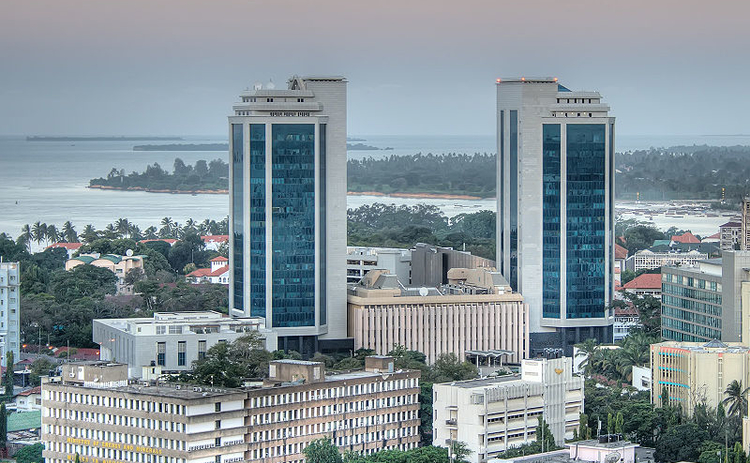
Dar es Salaam. Despite the fact that Tanzania has not entered the red zone of countries with a heavy burden of public debt, much needs to be dome to make the debt more resilient, and reduce the government’s appetite to borrow more.
Experts warned yesterday that, even though Tanzania has been somewhat conservative in its approach to borrowing, strategies to reverse the growing tendency to borrow must be properly managed to prevent the situation from getting out of hand - as is the case in some countries in Africa.
Reports have it that Tanzania’s debt stood at about Sh61 trillion as of April 2021 – Sh43.7 trillion of that in external debt, and Sh17.3 trillion in domestic debt. This was up from the Sh55.43 trillion total debt for the period ending April 2020 - and out of which domestic debt stock amounted to Sh14.85 trillion, while the external debt amounted to Sh40.57 trillion.
Speaking yesterday during a joint discussion of experts and religious leaders on the national debt and development organized by the Tanzania Coalition on Debt and Development (TCDD), experts said domestic revenues generation in Tanzania was still insufficient to meet planned expenditure - thus prompting more borrowing.
They noted that, during the year 2019/20, domestic revenues were only 14.7 percent of GDP as against expenditure of 16.4 percent.
“Interest payments on debt accrued have been increasing in nominal terms. As a percentage of domestic revenue it has also been increasing over time from eight percent in 2013/14 to 13.1 percent in 2019/20,” said Dr Felician Mutasa, a researcher from the Open University of Tanzania.
The discussants noted that debt service had increased from $214 million in 2013/14 to $1,617.6 million in 2019/20, while interest payments increased from $112.5 million in 2013/14 to $354.6 million in 2019/20.
“This situation requires the concerted efforts of stakeholders and the government in ensuring that the country does not enter into a debt crisis as we are witnessing in other countries,” said TCDD executive director Hebron Mwakagenda.
To help with national debt resilience and reduce the government’s appetite for further borrowing, they said, the current legal framework needed to be reviewed in order to have proper legislation to manage national debt as it fails to reflect a new financing landscape.
They went on to suggest that Parliament should be part of the process of contracting required debt rather than just being informed of the extent/status of debt.
On policy-related issues, they advised that transparency and accountability should be improved in debt contracting (easy access to the right information to hold the government to account).
Dr Mutasa noted that the government should adhere to IMF’s Code for Fiscal Transparency (revised 2013, Section 3 under Fiscal Risk Analysis and Management), and IMF’s Public Sector Debt Statistics Guide for Compilers and Users (2012, Chapter 9, Section D: Fiscal Risk and Vulnerability).
“This is in order to have comprehensive data on contingent liabilities and payment arrears,” he said.
According to him, civil society organizations should develop a mechanism to allow active advocacy, communication and dissemination of debt issues.
“Having graduated to a low-middle income country, Tanzania will now have very few opportunities to access concessional loans. To meet flagship projects and other social sector financing needs, the government should prioritise concessional financing in order to ensure that the projects that are so-financed have a large impact on economic growth and export easrnings,” said Dr Mutasa.
Meanwhile, the government is set to spend a total of Sh10.67 trillion of its 2021/22 budget of Sh36.26 trillion on servicing the national debt and other related costs.


No comments:
Post a Comment